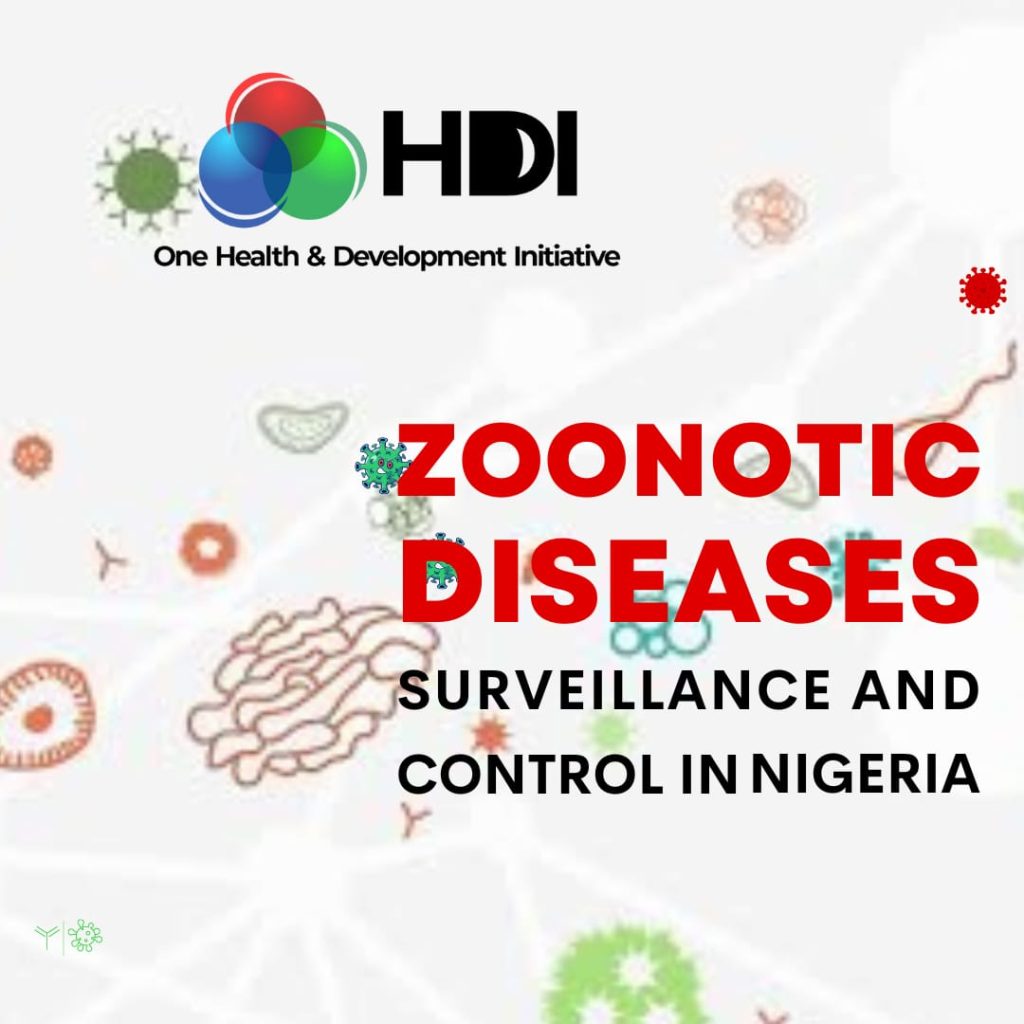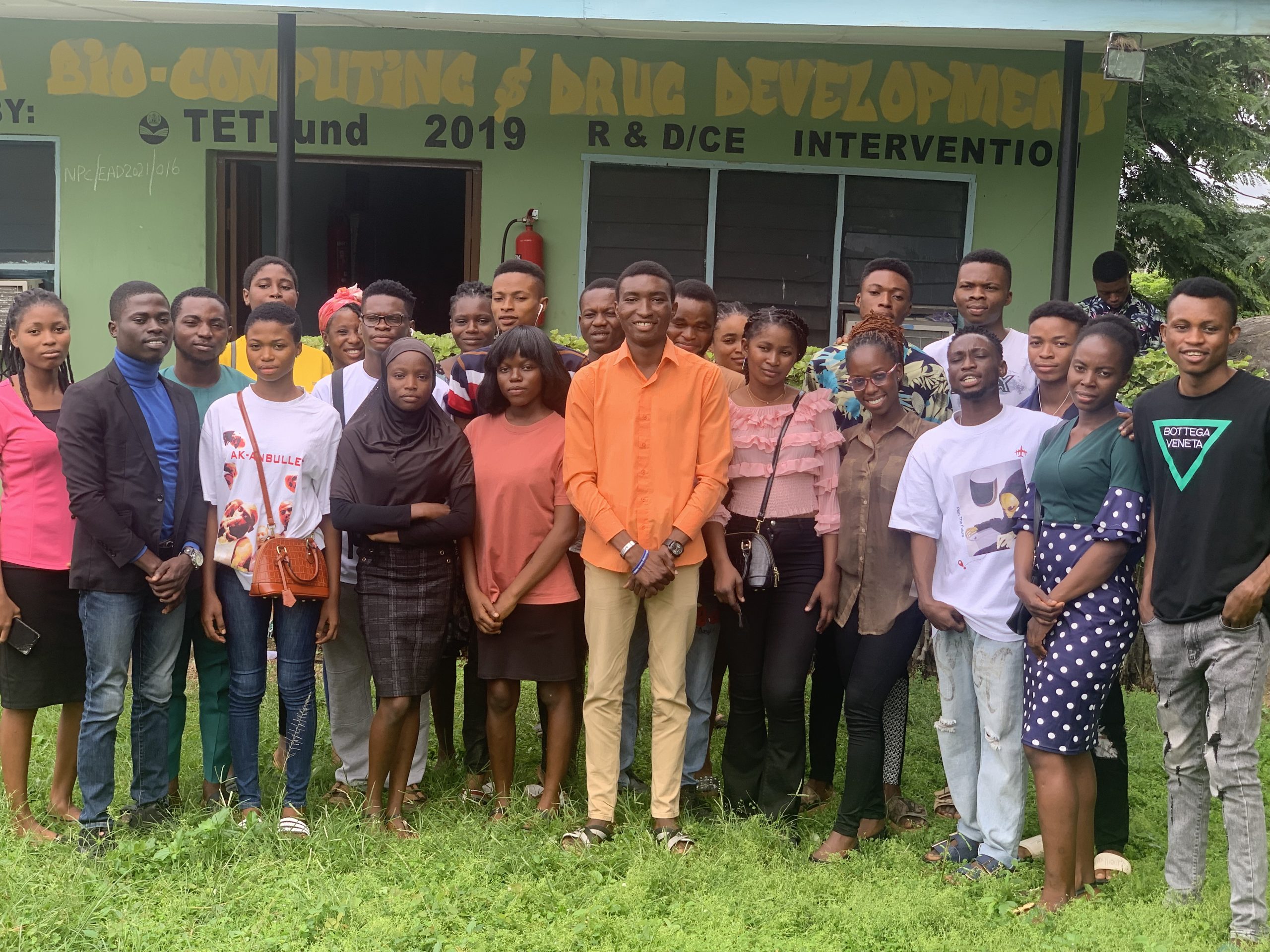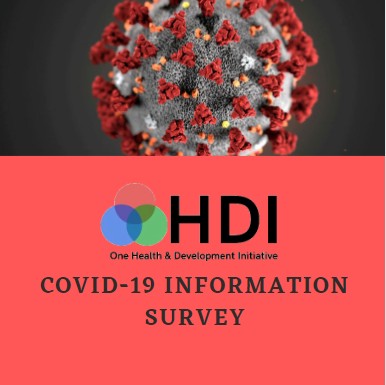
Zoonotic disease surveillance and control in Nigeria is a public health approach devised to monitor, prevent, and mitigate the impact of diseases transmitted from animals to humans and vice versa. Provided zoonotic diseases are determined to emerge and re-emerge, preparation to lessen their impact should be prioritized. Surveillance and Control of zoonotic diseases places us at an advantage against the striking potential that most zoonotic diseases carry.
In accordance with how the World Health Organisation (WHO) approaches disease surveillance, zoonotic disease surveillance comes close to a deliberate process of data collection and processing. This process operates in a manner that calibrates such a disease from others as potentially threatening, or not. It is thus important to note that disease surveillance could be an early warning system for zoonotic disease outbreaks and therefore support in the preparation for responses to hit back the negative consequences of such disease.
Disease prevention and control is closely related to disease surveillance. Infection prevention and control is a scientific approach and practical solution designed to prevent harm caused by infection. Efforts to monitor and inform proper interventions in the control of zoonoses should therefore be perceived within the One Health framework.
Nigerians, time and again, have been disrupted by various zoonotic disease outbreaks. These include tuberculosis, trypanosomiasis, toxoplasmosis, taeniasis, rabies, yellow fever, to mention but a few. A serious mention from various sources is rabies, which is responsible for 55,000 deaths in Nigeria each year. Given the disease burden, data on rabies in Nigeria is hardly collected regularly. However, isolated efforts by individuals, the government agencies, and civil society entities such as the Neglected Tropical Diseases unit in the Federal Ministry of Health, the Nigeria Centre for Disease Control and Prevention, the National Centre for Biotechnological Information, the Global Rabies Alliance have mapped out the scale of rabies in Nigeria.
In the event of other zoonotic disease outbreaks, Nigeria has instituted various measures to check the magnitude of such diseases and institute control measures to limit the impact of such outbreaks. Players such as the World Health Organisation in Nigeria, the Nigeria Centre for Disease Control and Prevention, and the Federal Ministry of Health, have rendered the required technical and financial resources to offset the impact of zoonotic diseases in Nigeria. With the DHIS [District Health Information System] in place, Nigeria’s surveillance system is fairly poised to handle emerging and re-emerging zoonotic diseases.
Responding to the surveillance outputs produced on such diseases, various responses as inscribed in the Health Security Plan in Nigeria have been earmarked, including developing integrated zoonotic disease surveillance system, strengthening laboratory capacity for detection of priority zoonotic diseases, updating the list of top priority zoonotic diseases through a One Health deliberation process, and other control prospects.
As an organisation, we have dedicated our efforts towards addressing issues of zoonotic diseases by focusing on research, prevention and control of Neglected Tropical Diseases (NTDs) such as schistosomiasis and rabies. Our programmes have made a significant impact on improving public health outcomes and involvement of communities in the fight against such diseases.
Our vaccination of domestic dogs and cats has not only protected them from rabies but also created a barrier to human infection. We have also placed a strong emphasis on community outreaches to ensure the effective dissemination of health interventions. We work closely with local communities to raise awareness about NTDs and zoonotic diseases. Through our educational programs, community meetings, and outreaches, we empower participants with the knowledge about zoonotic diseases transmission, prevention, and control. We foster a sense of ownership and encourage sustainable behavioral change by involving these people at the community level.
With the certainty that zoonotic diseases emerge, and re-emerge, disease surveillance and control systems should be an integral part of the preparedness against these, including the involvement of communities themselves. The One Health approach should thus form a greater part of zoonotic disease epidemiology, and the response mechanisms to tackle such diseases.




